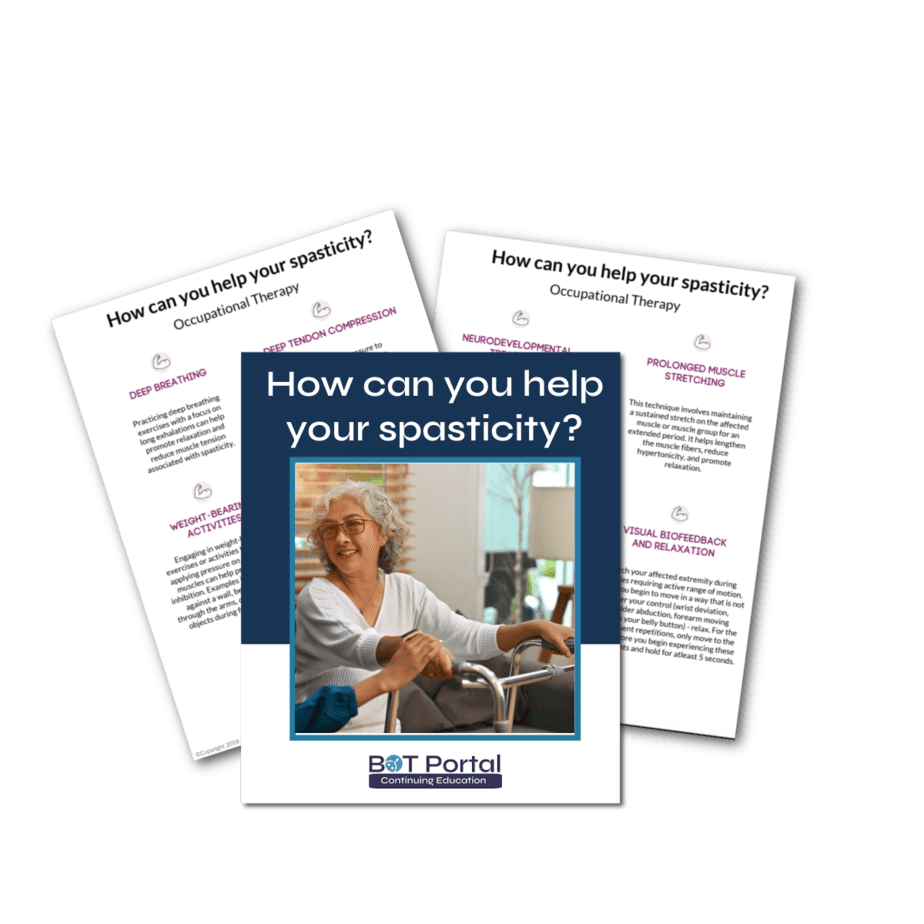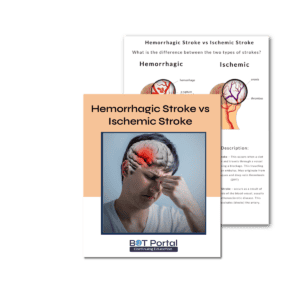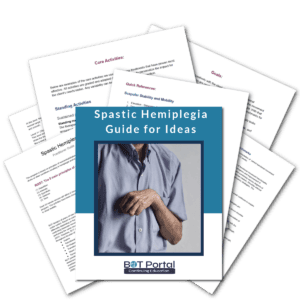Description
Spasticity – Methods to Approach Treatment
Spasticity is a common and often challenging symptom experienced by individuals with neurological conditions such as stroke, multiple sclerosis, cerebral palsy, and spinal cord injury. Characterized by involuntary muscle contractions and stiffness, spasticity can significantly impact mobility, comfort, and overall quality of life. However, there are various strategies and interventions available to help manage spasticity effectively. This comprehensive guide explores practical approaches for individuals living with spasticity, empowering them to take control of their symptoms and improve their daily function and comfort.
Understanding the underlying mechanisms of spasticity is the first step in developing an effective management plan. Spasticity occurs due to disruptions in the communication between the brain and spinal cord, leading to increased muscle tone and exaggerated reflexes. Identifying triggers and exacerbating factors, such as fatigue, stress, or specific activities, can help individuals anticipate and manage spasticity more effectively.
One of the primary goals in managing spasticity is to alleviate discomfort and improve mobility. Occupational therapy plays a crucial role in addressing spasticity-related impairments, including difficulties with activities of daily living, fine motor control, and adaptive equipment use. Occupational therapists can provide customized interventions to improve hand function, facilitate independence in self-care tasks, and optimize ergonomic factors in the home and work environment.
In addition to occupational therapy, various medical interventions may be considered to manage spasticity. Oral medications, such as muscle relaxants or anti-spasticity medications, can help reduce muscle tone and alleviate symptoms. Intramuscular injections of botulinum toxin (Botox) can selectively target and weaken overactive muscles, providing relief from spasticity-related symptoms in specific areas of the body.
For individuals with severe or refractory spasticity, more advanced interventions may be warranted. Intrathecal baclofen therapy involves the delivery of a muscle relaxant medication directly into the spinal fluid, effectively reducing muscle tone and spasticity. Surgical interventions, such as selective dorsal rhizotomy or orthopedic procedures, may be considered in some cases to address spasticity-related deformities or contractures.
Beyond medical and therapeutic interventions, lifestyle modifications and assistive devices can also play a significant role in managing spasticity. Implementing strategies to conserve energy, optimize posture, and minimize stress on affected muscles can help reduce spasticity-related symptoms and improve overall comfort and function. Additionally, assistive devices such as braces, splints, or orthotics can provide support and stability, enhancing mobility and independence in daily activities.
Also check these out:




